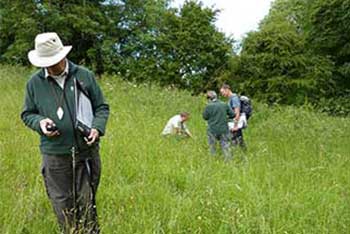Westonbirt Arboretum Downs Vegetation Survey
As you may be aware, Phase One of the Westonbirt Project involves restoring the downland grassland area where currently the visitor car park is.
An effective way of enhancing grassland biodiversity is through a method called Hay Strewing.
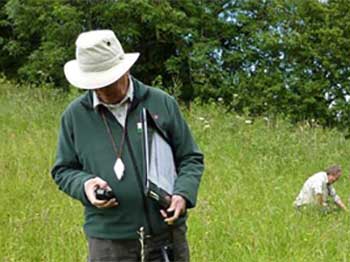
Hay is cut from selected donor sites after flowering and spread over the recipient site.
The seed of the species present within the hay fall out and this enables re-colonisation.
Knowledge of which species are present on the donor sites provides information on which species to expect on the recipient site and aids future management planning.
At Westonbirt, the donor sites, acting as a local seed bank, will be the already species-rich downlands and the recipient site will be the current species-poor car park area.
In preparation for this, Matt Parratt from Forest Research, together with volunteers, conducted a Downs Vegetation Survey from 11 to 13 June 2012.
A second survey will be undertaken from 30 July to 1 August 2012 to identify later flowering species.
A soil survey will also be undertaken sometime during August. After all the information has been analysed, it should be possible to classify the habitat types present.
It was intended to use quadrats as a survey method for all three days but on Monday 11 June the English weather put a stop to that.
It was pouring down with rain all day to the extent that one volunteers jacket started to foam (next time, use less soap in the washing machine!) and mini streams developed on the roads.
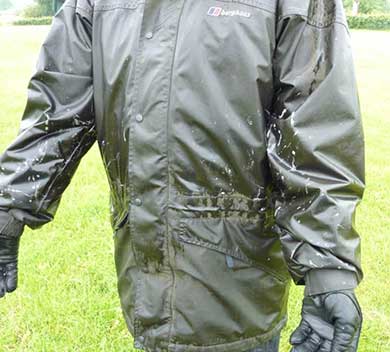
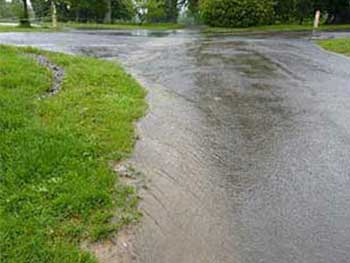
Consequently, the team walked through the site instead and recorded species identified in situ amongst which was one of Westonbirt’s special wildflowers, Ophrys apifera (Bee orchid).
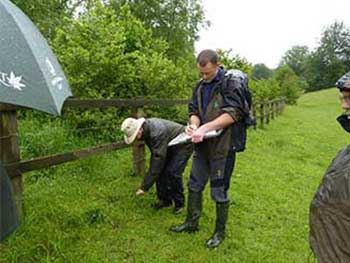
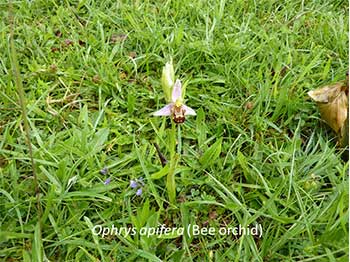
Samples of unidentified species were put in plastic bags for further investigation in the common room.
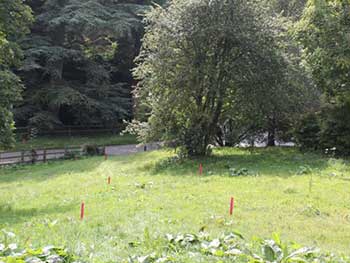
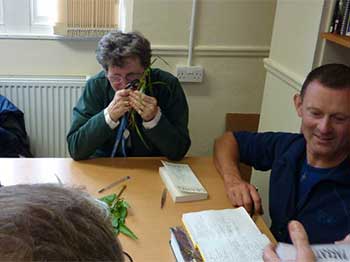
The team was not totally confident with the identification of a grass species Brachypodium (False broom). It is thought to be B. pinnatum but there is a chance that it could be B. rupestre.
The sample will be pressed and forwarded to the Botanical Society of the British Isles (BSBI) grasses referee for further identification.
Tuesday 12 June was drier and quadrats were used. Within the quadrats the species were identified, recorded and percentage cover noted. In addition to that, other factors such as Grid reference, slope, and aspect were also noted. The advantage of the quadrats over a ‘walk through’ is that it provides more focus and it is less likely that a species is overlooked.
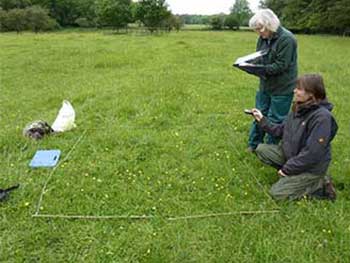
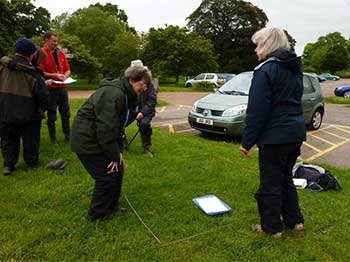
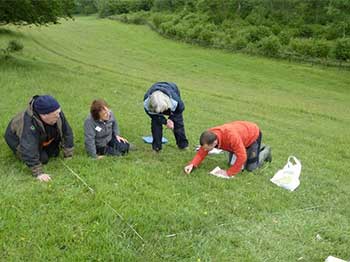
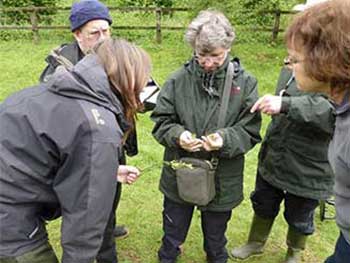
On Wednesday 13 June large areas of grassland, the areas where the concerts are generally held, were mown before it could be surveyed. The mowing machines beat the surveying team!
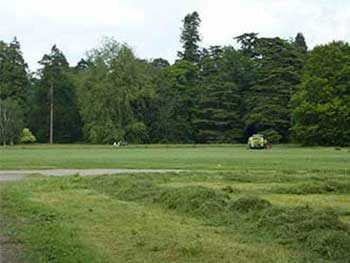
The site of the new car park was also successfully surveyed. The top soil from this area is likely to be reused on the existing car park, preserving the local seed bank.
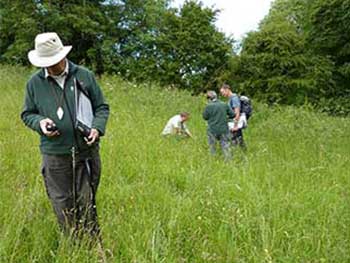
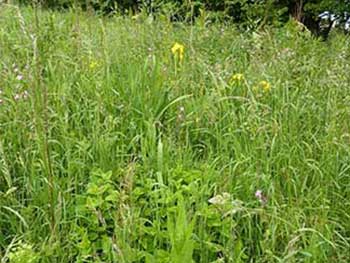
The site had a lovely diverse section at its lower, steep and dampish part which may, in places, be kept as it is. Species found in the lower section included Iris pseudacorus (Yellow flag iris), Melissa officinalis (Lemon balm), Dipsacus fullonum (Wild teasel), Cirsium eriophorum (Woolly thistle), Conium maculatum (Poison-Hemlock). These are not normally found within the rest of the arboretum.
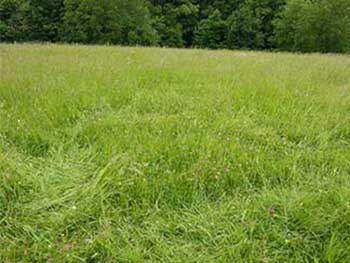
The team looks forward to the report with the full species list and percentage coverage. Revisit this blog for further updates.
And, as a last note, using quadrats may leave strange impressions in the Westonbirt meadows and are not to be confused with signs of extra terrestrial activity. You may encounter these again in August.
Useful links:
